What is the Head Dress That Muslim Womenwearcom
Muslim Veil and Hijab Types a Complete Guide
It often seems when the West characterizes the fashion of the Islamic world, they use very narrow descriptions. The broad terms "headscarf" or "hijab" seems to be the way Western audiences categorize these fashion styles. There are actually many different styles and ways that women wear them. Whether it's the way they pin their scarves in place, the amount of coverage a hijab provides, or the colours and fabrics they choose, Islamic head coverings differ greatly from culture to culture. This article will be a complete guide about the history of veils, what kinds there are, where each type is specifically worn, what they signify, and the trends and styling behind them.
"Modest fashion" is the broader category which is a loosely defined style derived from the clothing worn by Muslim women. It's a style with no strict rules beyond the obvious "be moderate in how much skin you show," but there is no uniform consensus across the Muslim world about what this looks like.
In most countries across the Islamic world, fashion differs from individual to individual, depending on their own personal interpretation of religion. Predominant styles within this category include layering, loose silhouettes, higher necklines, and outfits that don't accentuate the shape of the body.
Before getting into the details, it's important to address a question: Why do women wear hijabs?
There are many personal, religious, and societal factors that influence women either to wear a veil or not. Muslim religious rulings are not entirely clear on the question of veiling as derived from Islamic texts. Various sections of the Quran (the Muslim holy text) and the Hadith (the statements associated with the Prophet Muhammad) make reference to veiling being worn by the prophet's wives. Many scholars argue that this is directly implying that the perfect Muslim woman must veil herself as well, but others say these statements apply only to the prophet's wives, instead of all Muslim women.
Through their spheres of influence across the MENA region, French and British colonizers encouraged Muslim women to take off their veils in order to imitate European women. As a result, in many North African and Middle Eastern countries, the veil became a symbol of national identity and freedom in contrast to the occupation of foreign powers. This movement became significant during independence and nationalist movements that lead to the modern states we know today.
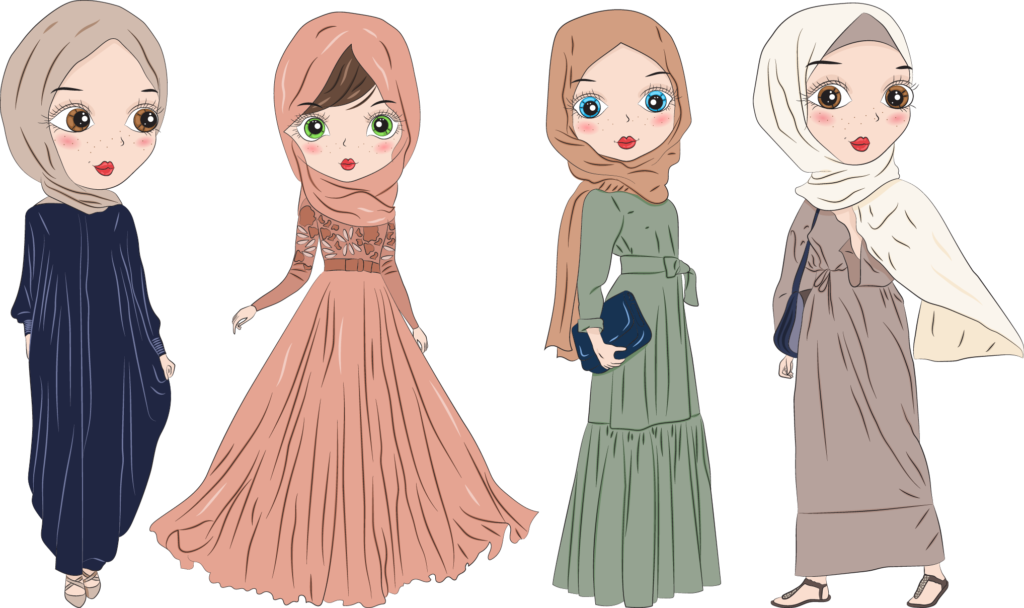
Haven't I heard about hijabs in the news in the last few years?
The hijab has come up in media and public conversation in regards to French laws regarding freedom of expression. On 14 September 2010, France passed an act outlawing face-covering in public, which banned masks, helmets, niqabs, and burqas. The law imposes a fine of up to €150 for any person who violates this law. The bill also fines people who force others to cover themselves with a fine of €30,000 and one year in prison. However, it is not only Islam where head coverings play a significant role. Several other religions, including Orthodox Judaism and Catholicism, have some sort of hair covering as part of the tradition.
Recently, we have seen Arab and Middle Eastern women refusing to be stereotyped as oppressed figures forcibly required to wear conservative clothing. Many women are turning to fashion as a method of self-expression. For them, it is empowering to be able to simultaneously feel control over your own body but to also make bold statements expressing personal style and flair.
As a result, there are many pioneering Arab designers that are changing the way the world views Middle Eastern fashion. Several of these designers, such as Yasmine El-Said, Zhor Raïs, Rula Galayini, and Farah Al Asmar, have begun to put the Middle East on the map by designing pieces for prominent celebrities across the globe. But more than just commissioned celebrity pieces, we also are starting to see the modest trend take the runway. One notable instance was at New York Fashion Week in September 2018. Somali-American model Halima Aden walked for the Christian Cowen show wearing a glamorous, chain link hijab.
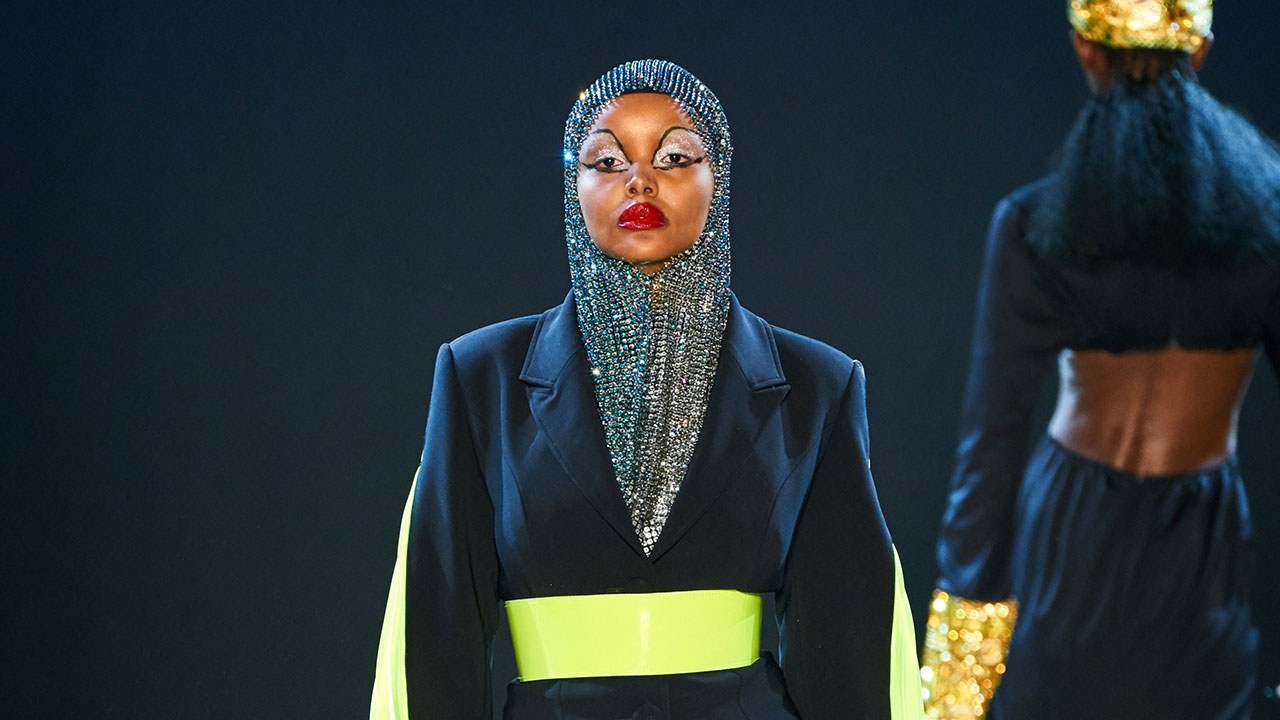
Aden also recently caught the global spotlight again by posing for Sports Illustrated in a burkini and a hijab

This cover for Vogue where she is featured has also garnered extreme attention. As her caption says: "To think that just 3 years ago there was not a single Hijabi model and now fast forward to the first Vogue Hijabi Cover:
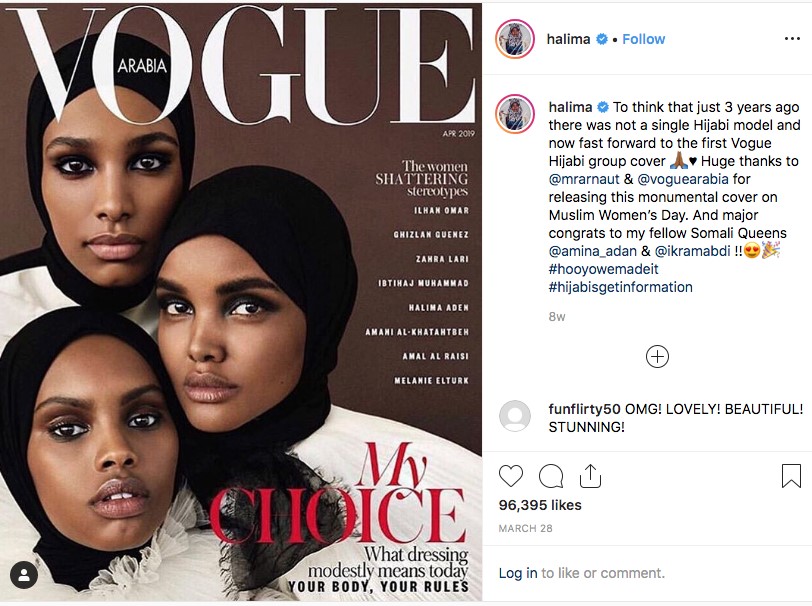
The runway has also been a way to convey political messages. Iranian-born designer Reza Etamadi protested against Denmark's burqa ban when he sent models down the runway in traditional Muslim hijabs and niqabs during Copenhagen Fashion Week. In addition to these models, he modeled others as police officers in full uniform to stand alongside each other. It was a very controversial show and had the fashion world buzzing.
An opinion poll conducted in 2014 by The University of Michigan's Institute for Social Research asked residents of seven Muslim-majority countries (Egypt, Iraq, Lebanon, Tunisia, Turkey, Pakistan, and Saudi Arabia) which women's dress they consider to be most appropriate in public. The survey found that the headscarf was chosen by the majority of respondents in Egypt, Iraq, Tunisia, and Turkey. Saudi Arabia was the most conservative where 63% stated the niqab; in Pakistan, the niqab is also the most popular, the full-length chador robe and the headscarf, received about a third of the votes each; while in Lebanon half of the respondents in the sample opted for no head covering at all.
Now that the above has hopefully illustrated some background knowledge about modest fashion and veils in particular, here are the different types of veils and a bit about their usage:.
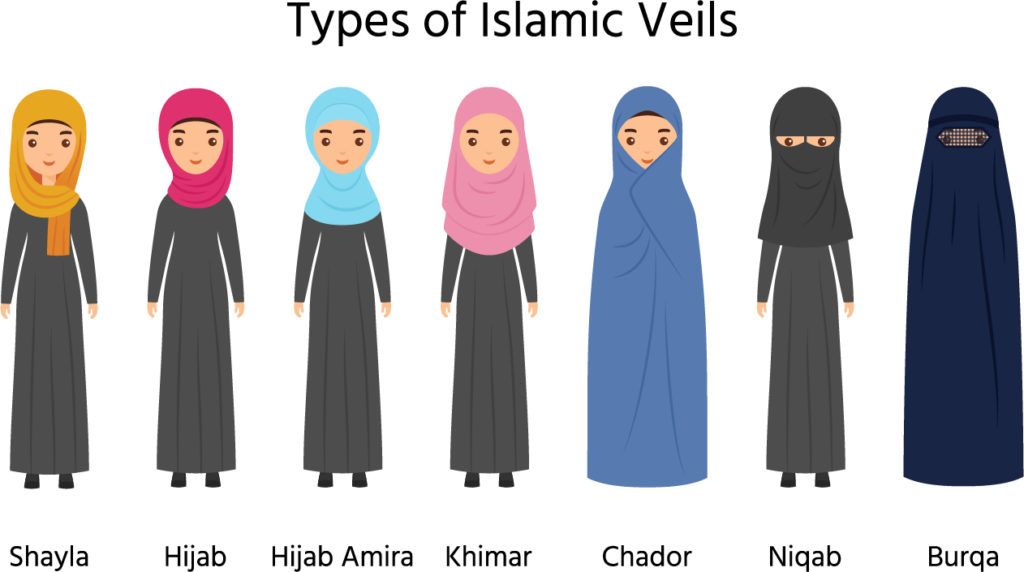
Hijab: The term tends to be used as a catchall in the West for all Islamic head coverings, but is mainly used to mean a headscarf. For Muslim women's representation in media and popular culture, this is the most commonly used word. However, there is no uniform style for what hijabs look like or which are worn across the Muslim world. Hijabs come in many patterns, fabrics, colours, and styles. In more liberal societies, it is up to personal preference to determine the type most commonly worn and referred to that covers the head and neck but leaves the face unobstructed.
The word "hijab" means many different things in Arabic as well, as evidenced by this screenshot of Google Translate. The end of this article outlines a number of trends for how to style and wear a hijab.

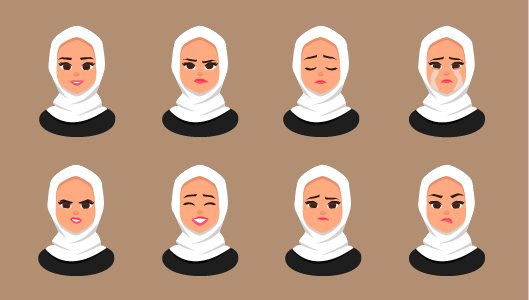
This animation shows that you can still clearly see all of a woman's different emotions, despite the hijab.
Shayla: A Shayla is a long, rectangular scarf, wrapped around the head and tucked or pinned in place at the shoulders. It is popular in the Persian Gulf. It is often used interchangeably with the word hijab, but this specific term designates a garment that leaves the face uncovered, where hijabs do not always imply that. There are a variety of fashions, colours, fabrics, and styles that constitute this fashion style.
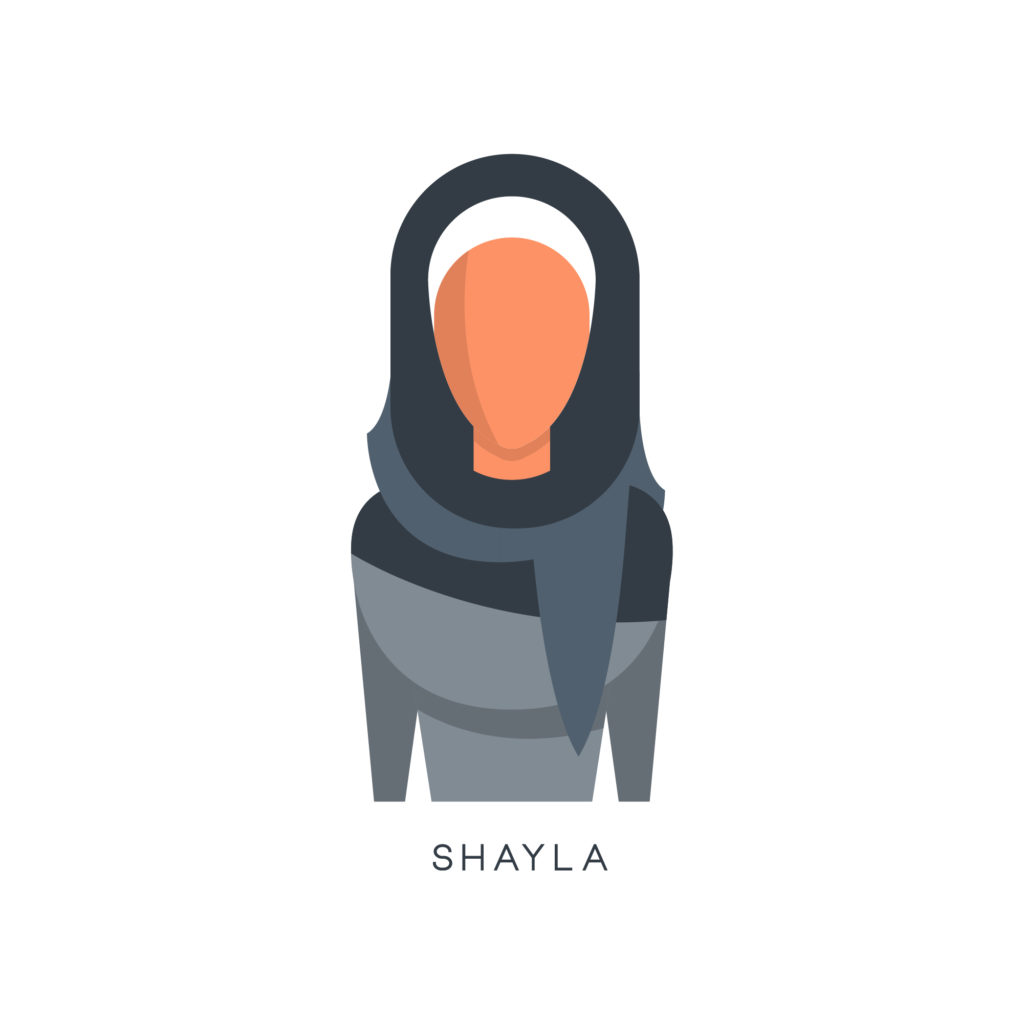
Eşarp: An Eşarp is a silk square scarf that is worn by women in Turkey. It is special for its material, but ranges in many different designs and colours.

Tudung: A Tudung (also spelt tudong) is the most popular head covering for Muslim women in Southeast Asia. In Malaysia, Singapore, and Indonesia and Brunei, the tudong is worn for religious regions in accordance with Islam. Usually, there is no distinction between the tudung and hijab as it covers the hair, ears, neck while leaving only the face exposed. It is part of the standard dress code for many offices, school uniforms, and formal public gatherings. In Indonesia, a tudung is slightly different and is a veil that has a sewn-in curved visor to shield the wearer from the harsh sunlight.

Chador: A chador is a semicircle of fabric draped over the head like a shawl. The chador has no fasteners and is generally held together in the front under the neck by hand. In some cases, there are added pins or ties to keep it steady. Black is generally the most popular public colour, but women often wear colourful versions at home or at the mosque. Chadors are popular mostly in Iran or countries with large Shia populations. Occasionally, it is worn with a smaller headscarf underneath.

Al Amira: the Al-Amira (sometimes spelled Ameera) is a two-piece veil made of a close-fitting cap, usually made from cotton or another lightweight material, and a tube-like scarf.

Khimar: The khimar is a long, cape-like veil that hangs down further than other veils, generally to just above the waist. Khimars often cover the hair, neck, and shoulders completely, but leave the face clear. However, some khimars go all the way down to the knees, as is popular for some Egyptian women. Historically, khimar refers to any article of clothing that promotes modesty, covering the chest and protecting her from the gaze of unrelated men.
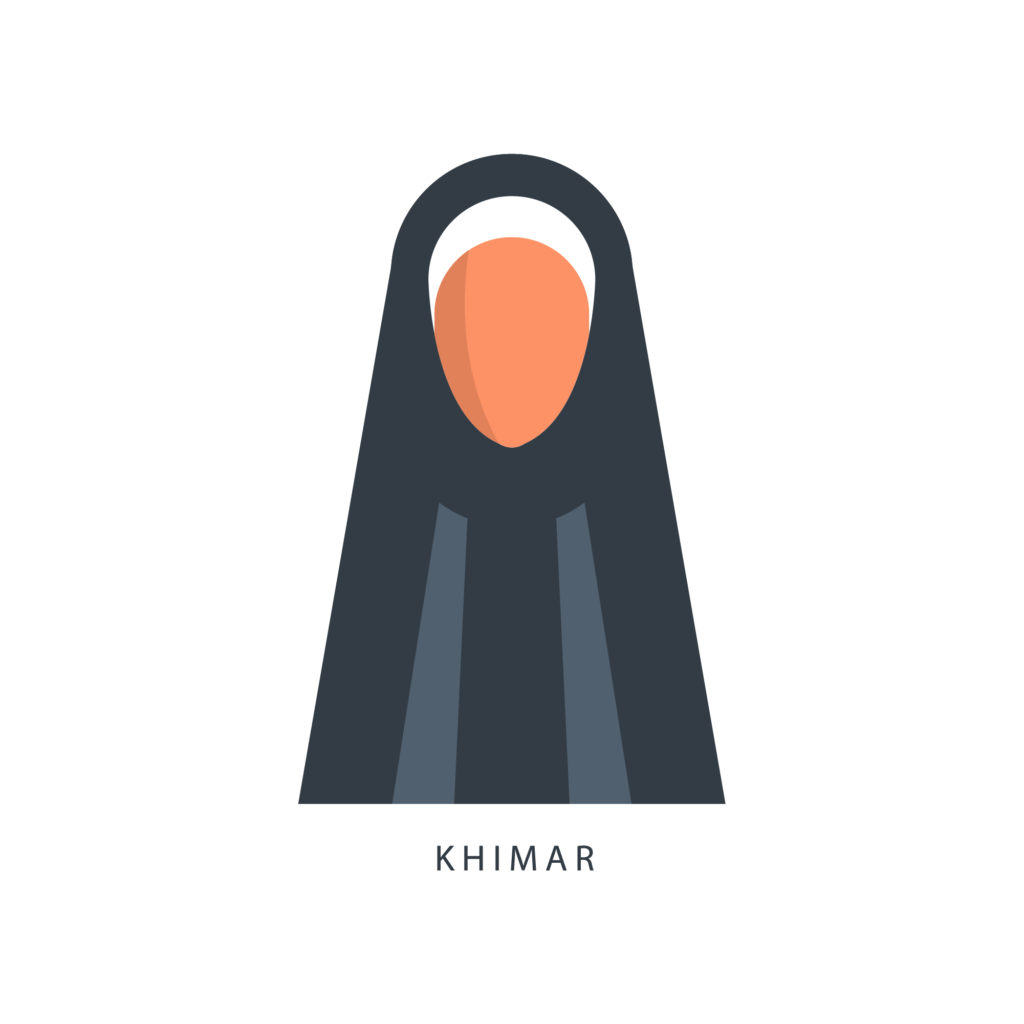
Battoulah: The battoulah is probably one of the least known or recognized articles. It is a mask that generally is made out of a thick fabric occasionally considered a type of niqab because of the modesty it allows its wearer. The battoulah is worn by women in certain areas of several Gulf countries including Bahrain, Kuwait, Saudi Arabia, United Arab Emirates, Oman, and Qatar, and additionally in southern Iran. It is typically worn by Bedouins and older, married women more specifically. In the rough terrain of the desert, it is credited with keeping dust out of one's nose and mouth. The tradition is dying out with the younger generations so it is not experiencing an emergence in the fashion sphere as others on this list, but many are choosing to adopt the cultural practice in order to keep the tradition alive.

https://www.pinterest.com/pin/157977899415272700/
Burka: The burka (also spelt burqa) is the second most conservative and body covering of any of these styles on the list after the following boshiya. This veil covers the entire face, with a crocheted mesh grill over the eye area. The burka is worn mainly in Afghanistan, as it is enforced by the Taliban. It has been worn traditionally throughout Central Asian countries and has been made out of a variety of materials, including horse hair. In Kabul, the capital of Afghanistan, most burqas are blue, but in other parts of Afghanistan and Pakistan, they're brown, green, or white. The politics around the burqa are interesting and invokes many questions about politics, religion, and social status.

Boshiya: The boshiya (also called a bushiyyah or ghatwa) is the most conservative style on this list. It is similar to the burka, but does not have even an opening for the eyes and instead fully covers the face. It consists of a large square of thin, cotton gauze material with ties at the top. It is fastened from the top of the forehead and shrouds the entire face as the cloth falls down.
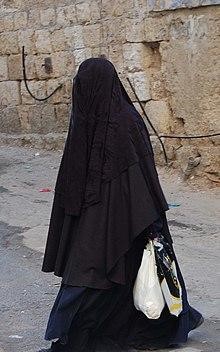
https://en.wikipedia.org/wiki/Boshiya
Dupatta: A dupatta is part of the customary Pakistani, Indian, and Bangladeshi outfits. It is a long rectangular veil that is usually made of light material and is beautifully embroidered on the edges. Muslim women may also use it as a headscarf as well. This term encompasses a wide range of materials from very light and transparent to heavily detailed, elaborate embroidery and patterns. It is not uncommon to see very shiny gold and silver dupattas.
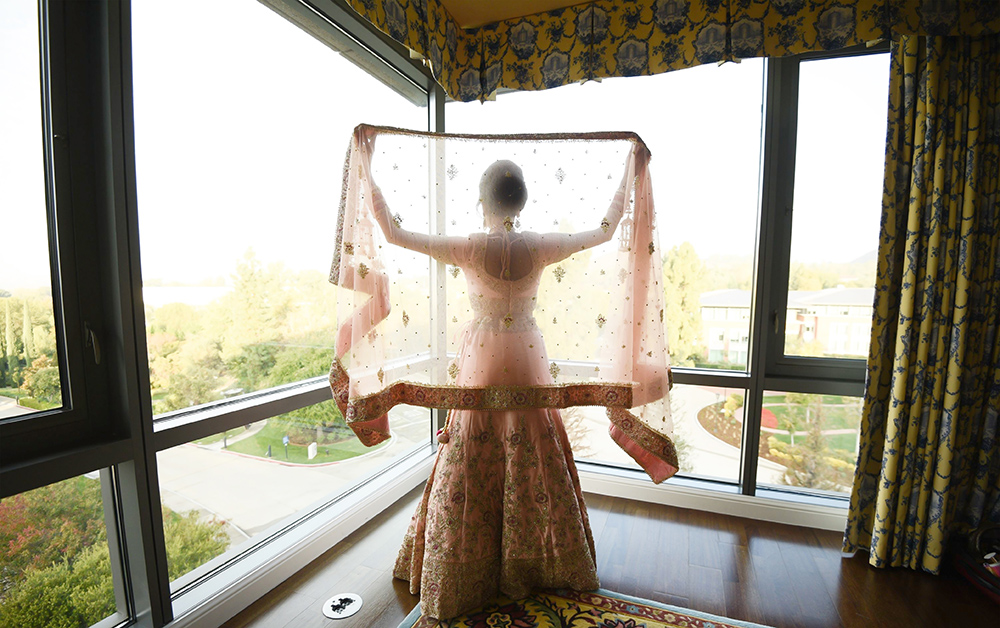
Jilbab: Also mentioned in the Quran, the term Jilbab generally refers to a protective article of clothing, not a specific garment. In North Africa and the Arabian Peninsula, a jilbab usually means a long dress or tunic. However, if you are in Indonesia, it refers to any style of modest dress, especially a headscarf, that covers head to toe.
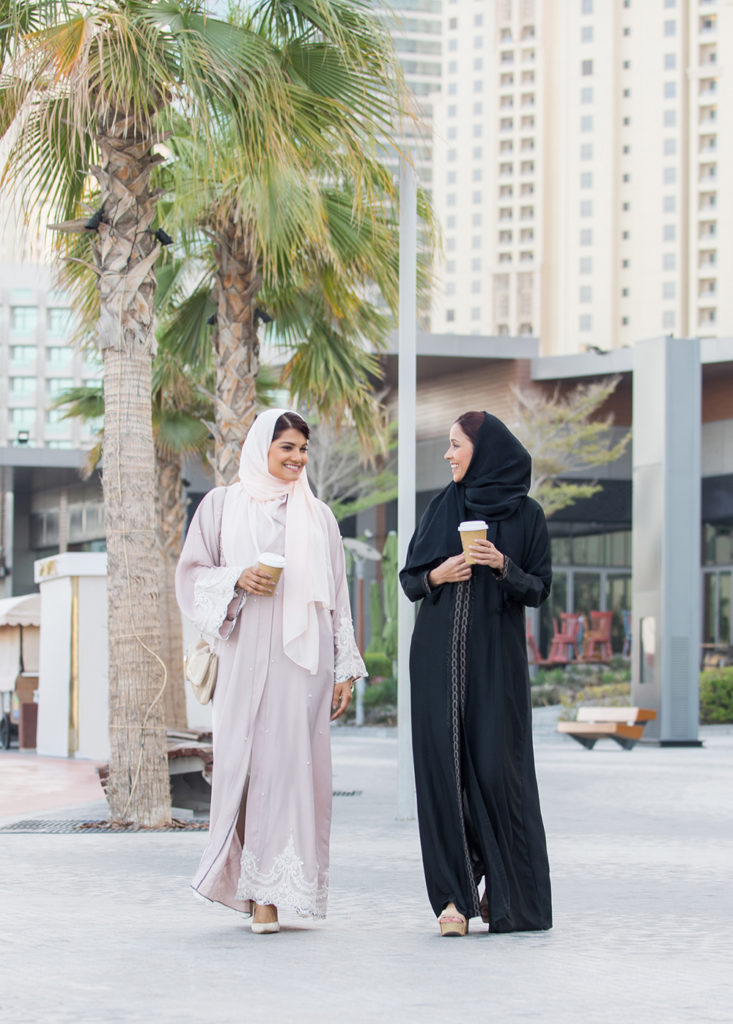
Niqab: A niqab is a veil that is worn in conjunction with a headscarf to covers all of a woman's face with a slit for the eyes. It is normally a black piece and is worn with a loose body garment that covers the rest of the woman. There are generally two main types of niqabs:
The full niqab covers the face and head fully, besides a cut out for the eyes. This garment is popular in many of the Gulf states.
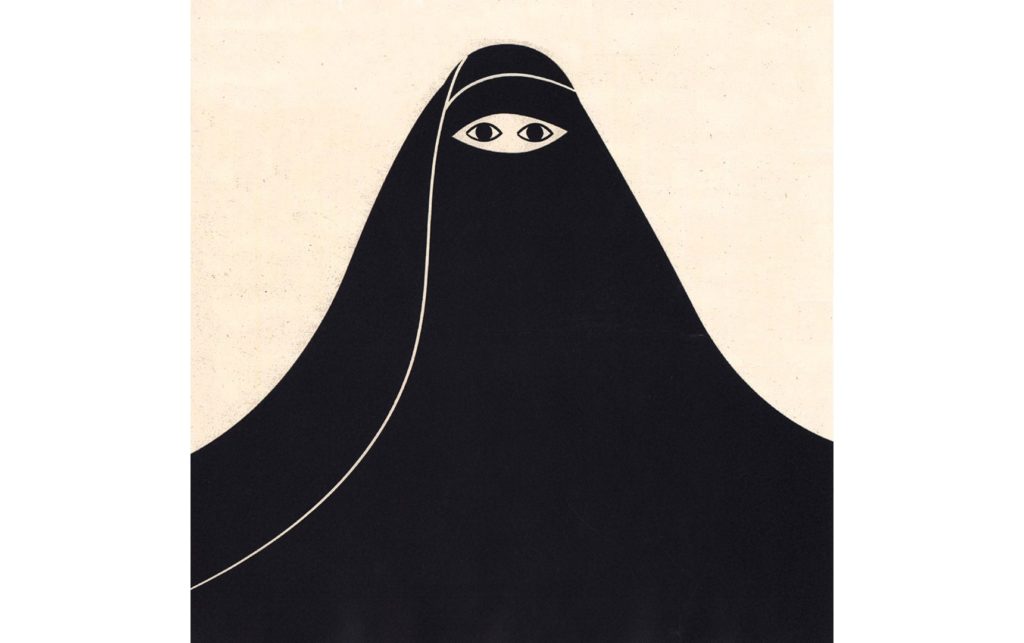
The half niqab leaves the eyes and the forehead unobstructed. It is worn frequently in South Asia and North Africa.
Source for both: https://theculturetrip.com/middle-east/articles/the-difference-between-the-hijab-niqab-and-burka/
Doa Guan: Doa Guan directly means "dress for praying." This versatile clothing article slips over the clothing of women in two pieces: the gown and the headscarf. The doa gaun is brought along with women to facilitate proper praying at all times. With the convenience of this, women can stop in the nearest mosque, quickly slip it over the clothing they are wearing and take it off post prayer to continue the day.
Burkini: As portrayed on the Sports Illustrated cover with model Halima Aden, a burkini is a modest swimsuit designed for women. The burkini intends to cover the whole body except the face, the hands and the feet while being comfortable and light enough to swim. The design is intended to honour Islamic ideals of modest dress while allowing the wearer to participate in aquatic activities.
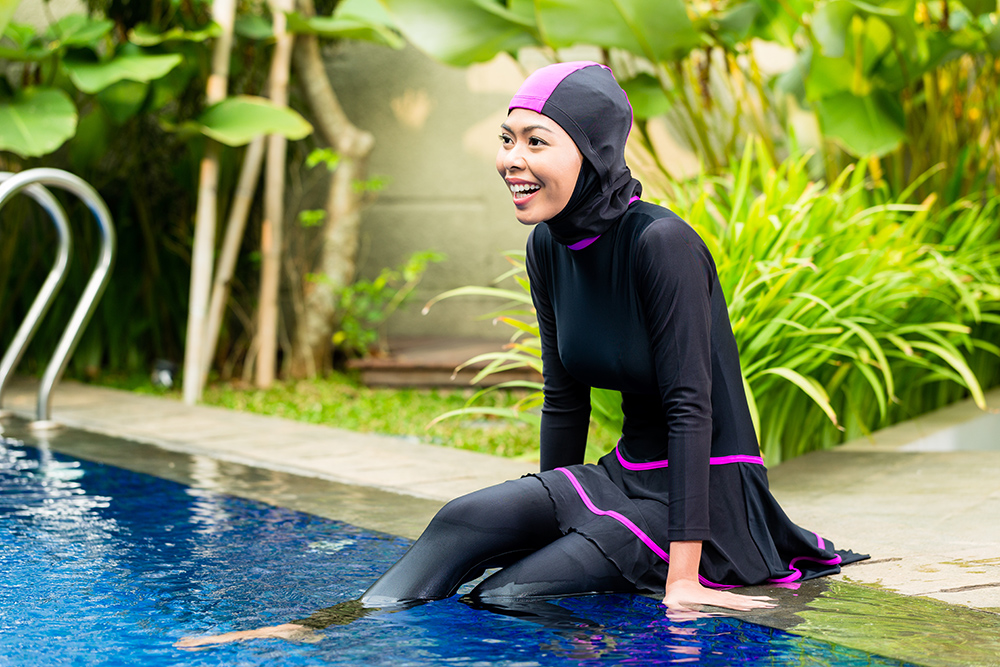
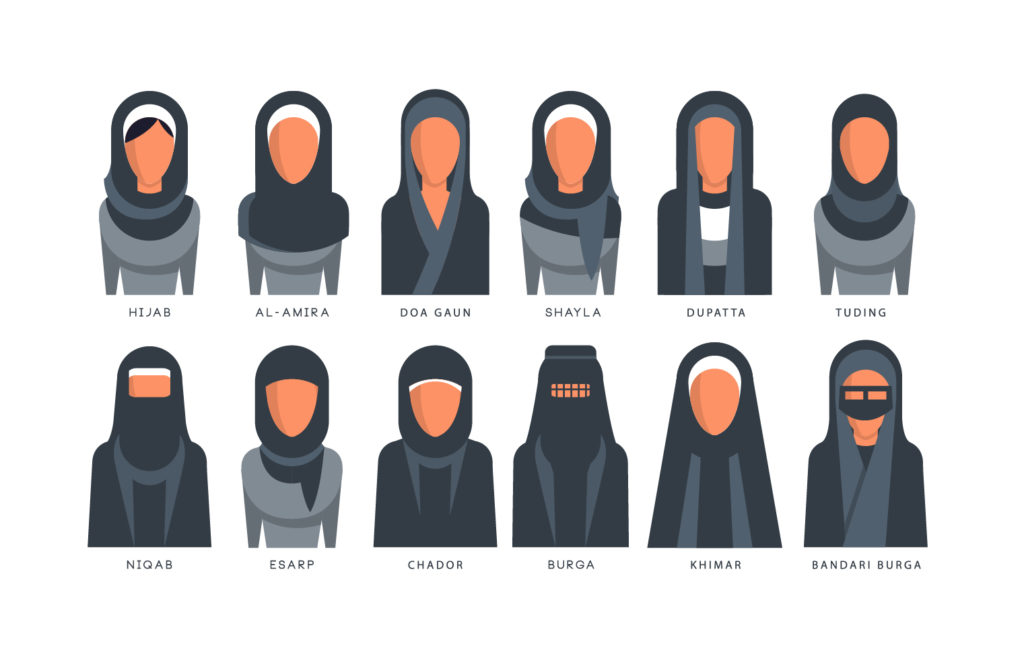
More specific veil styling and fashion:
As stated throughout this article many times, there are numerous differences in Islamic veils ranging from style, to modesty, to colour, to design, to pattern, etc. As a result, there has been an increasing trend in modest fashion that is receiving a platform like never before with social media. Many different websites have headlines and articles such as the following at fustany.com:
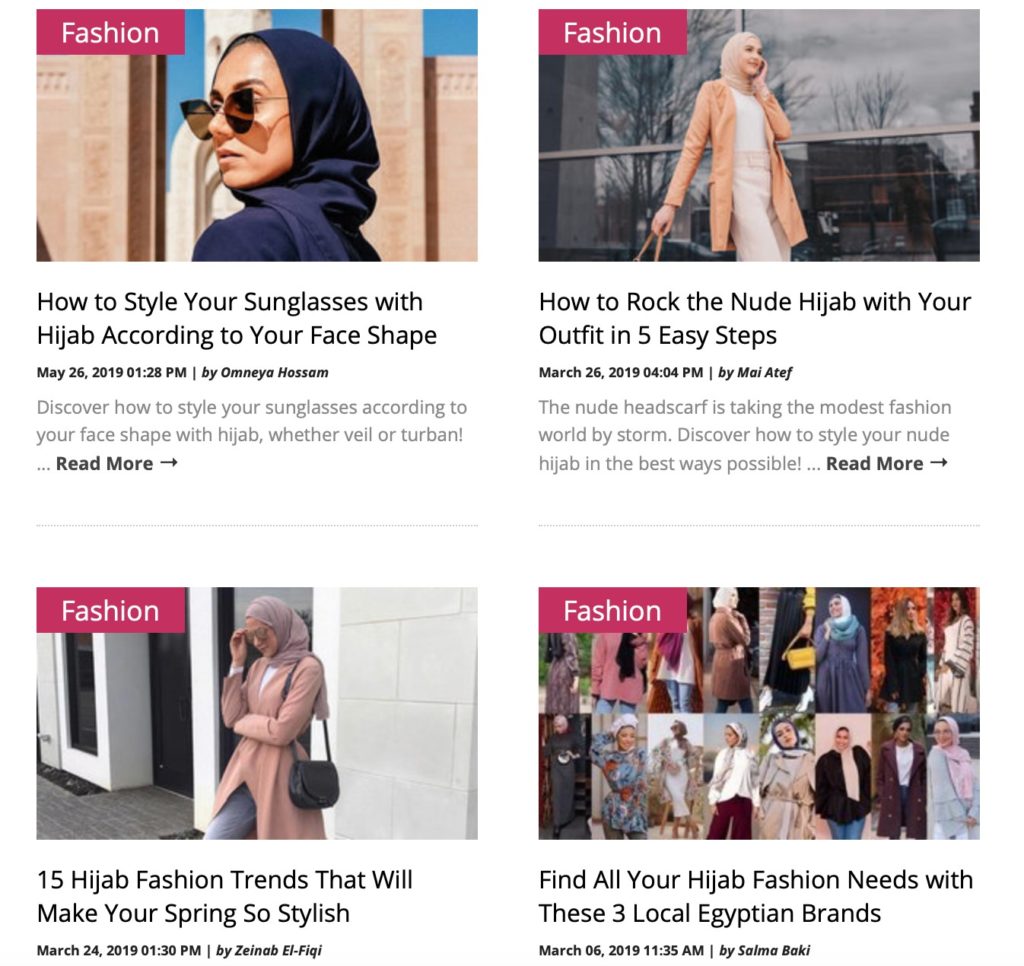
There are also a significant number of Pinterest, Instagram, and blogs dedicated to capturing the experiences of Muslim women and documenting the changes in the field. These blogs are seen all around the world from Gulf countries to the United States. Hijab Trendz, founded in 2007, was the first online television and podcast series for Muslim women in the United States. Founder Mariam Sobh said, "When I started my website in 2007, I didn't find anyone else out there that specifically blogged about Muslim women's fashion from the perspective of what's hot right now on trends, and how to incorporate what was coming off runways into a look that still adhered to the Islamic requirements." However, now there are a plethora of other people collectively producing millions of internet hits from all across the world.
Here are some of the most recent trends in hijab wear:
Turbans: Although less modest than other forms of veils, there is a strong fashion movement that is emerging with this head covering. An article written by author Afia Ahmed says, "The turban has become the symbol of the New Muslim Woman. A marker of success, liberation, and modernity." However, many hijab-wearing Muslim women do not think that turbans are a legitimate religious expression. They argue that a hijab is supposed to cover the entire head and neck instead of merely just the hair. Turbans leave much skin in the neck, ears, and chin area uncovered. It has been an interesting public debate but it is undeniable that they are a large trend and industry.

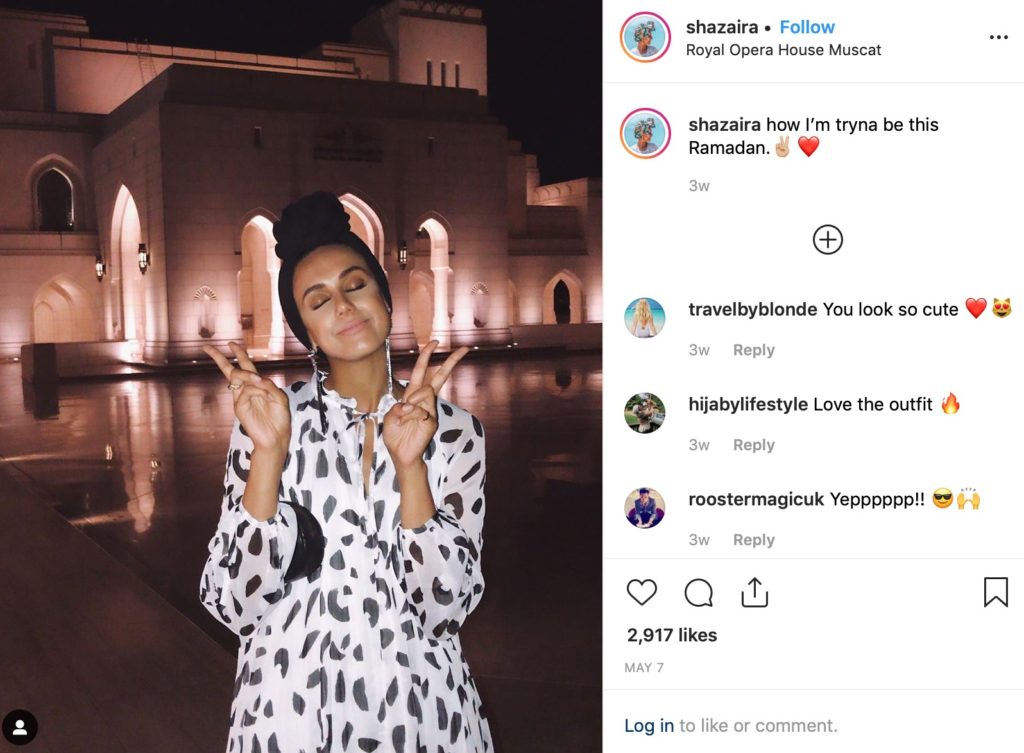
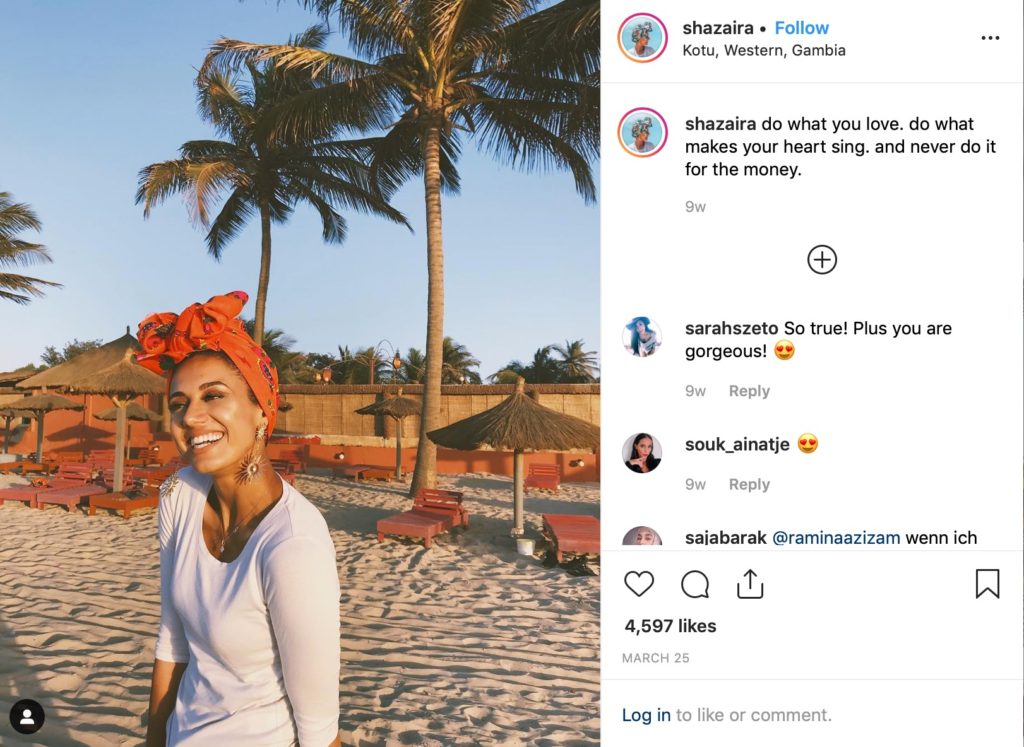
Accessories: There has been a recent trend to style different accessories on top of the hijab such as hats, beanies, and earrings. Here are some examples:
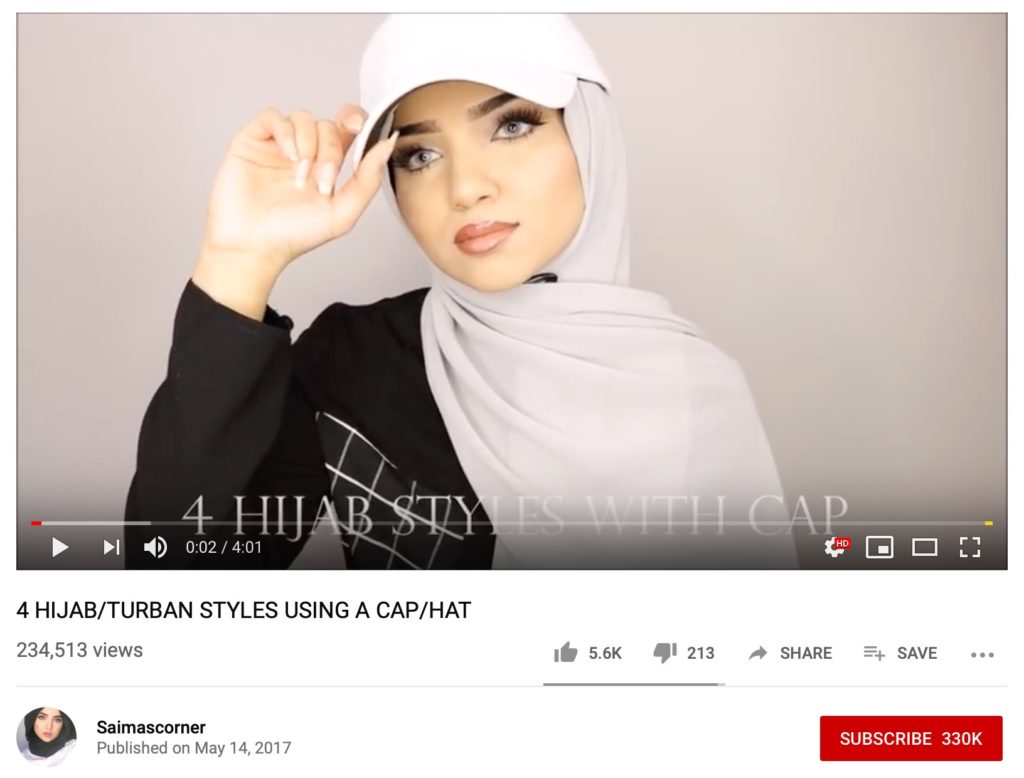
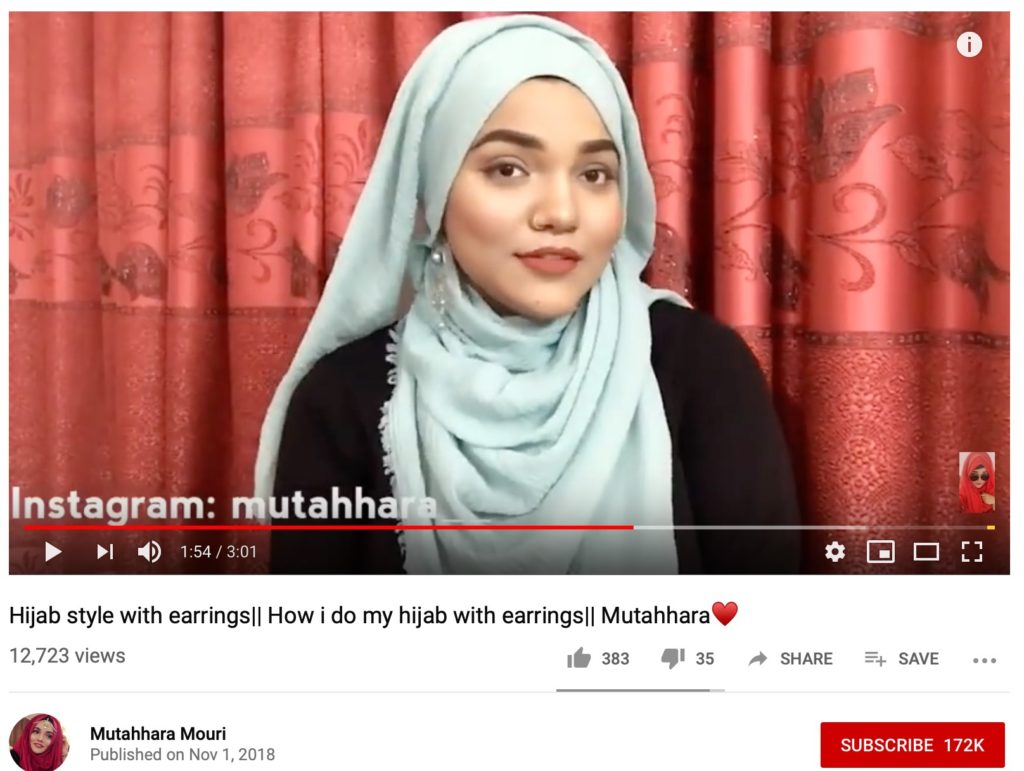
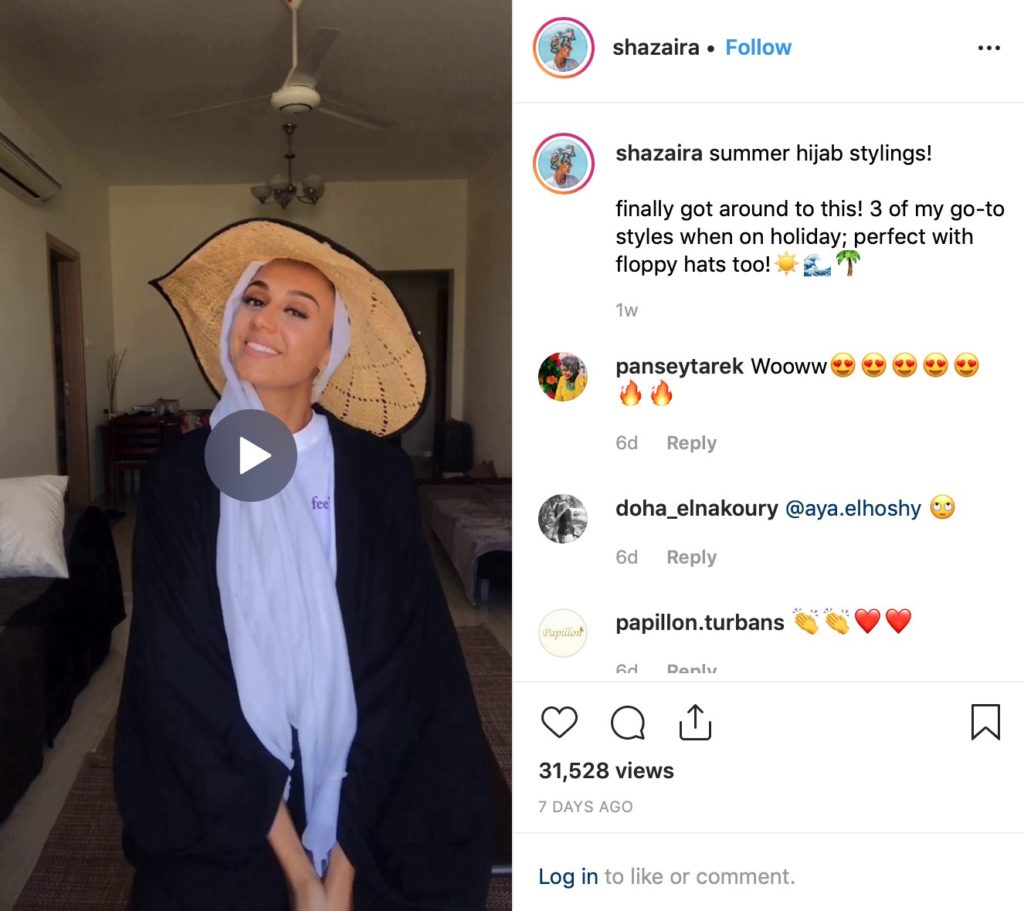
There are also trends to hang jewelry and other fancy accessories off the hijab to give it some sparkle.
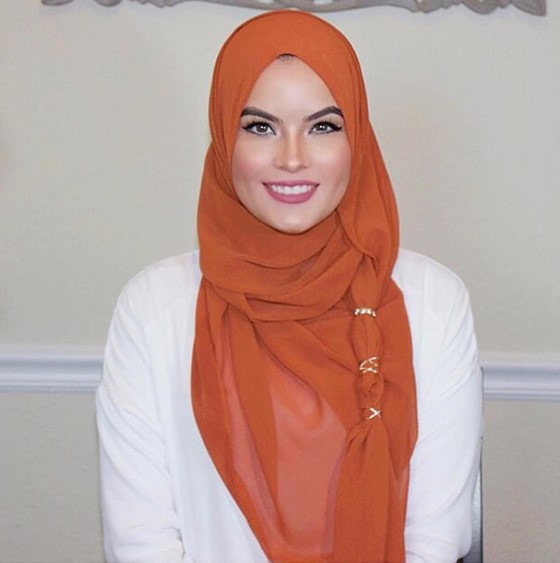
https://www.stylecraze.com/articles/how-to-wear-hijab-step-by-step/#gref
Embroidered hijabs: The three following hijabs give an idea for all of the different things you can do with a hijab. There are many ways to give it some sparkle, add some texture, and express yourself and your personal style.

Hijabs with volume: A popular trend in many Gulf Countries is to make the hijab as big as possible. This is achieved by piling up their hair in high ponytails and buns and then proceeding to wrap large scarves around. The end result stands out in a crowd for sure. Within this larger category, there are many different tricks and tips people use to diversify their hijab looks. Techniques regarding folding, tying, and pinning all have an impact on the way the hijab looks.
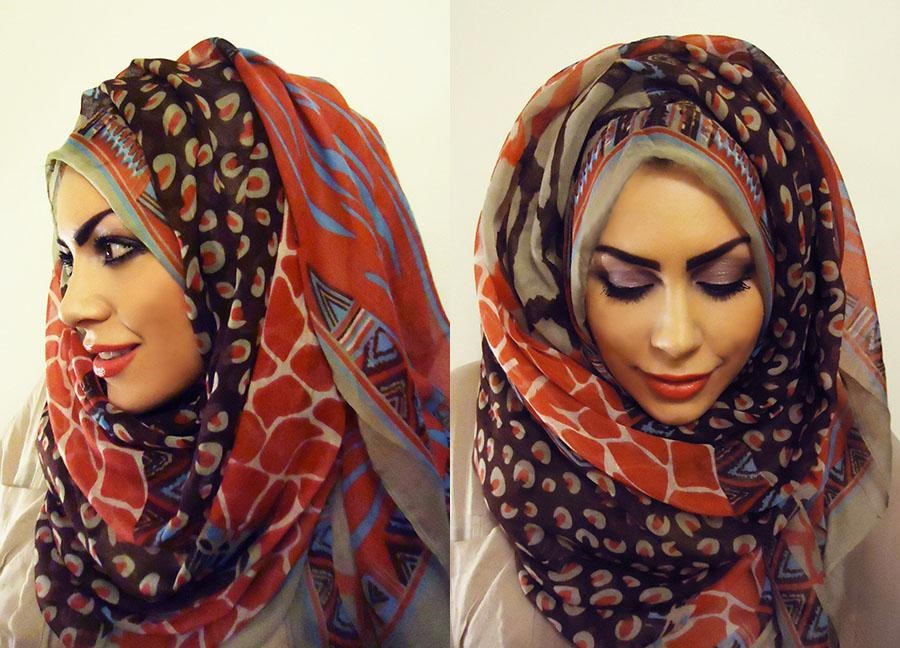
https://thehijablog.wordpress.com/2013/03/09/hijab-fest/
Children's hijabs: There is no consensus about how old you should be before you start wearing a hijab. Thus, it is not uncommon to see a young girl wearing one. However, the discipline to wear a hijab in terms of the heat, the scratchiness, and the unfamiliarity has deterred many young children from wanting to wear them. As a result, there has been an emergence in decorative hijabs to entice people to wear them.
Do Hijab's Cause Hair Loss
A common concern about hijabs is whether or not wearing them leads to hair loss. In most cases, the answer is no, however, in some cases if a hijab is worn extremely tightly or not regularly washed it can lead to hair loss. If someone wearing a hijab starts to experience hair loss they should make their hijab less tight and start a hair care routine designed to treat hair loss.
Wow, there really are a lot of different types of veils!
Yep, absolutely. It is important to understand that there are numerous variations. The mere term "hijab" is not enough to describe all of the broad range of options. These veils can be anything the wearer wants them to be. Whether it is elaborate smokey eye makeup combined with a bold shade of lipstick or dangling earrings or the combo look with the skinny jeans. Whether it is a black Chador or a colourful, clashing print neon Tudung in Indonesia. Whether it is the blue Taliban enforced burka in Iran or the family tradition of a Battoulah passed through the generations, there is so much to learn about this topic.
But… why does this topic matter?
For any business person or global citizen, it is important to understand the real effects of these changing trends on the world. Muslim clothing and footwear expenditure are expected to reach $484 billion by the end of this year, accounting for 14.4% of global spending. From politics to fashion, this is a matter of growing representation that is fundamentally important in the way markets and industries operate. The below images of a Dove campaign to promote modesty and inclusion and Gap normalizing Muslims in everyday activities are signalling a change in the way we experience advertising. As our world continues to globalize, modest fashion and styles will only grow more a part of our lives in the West. Visibility is rapidly increasing and, for any savvy business person, it is crucial to stay on top of the trends and make smart, well-informed decisions that reflect these changes.
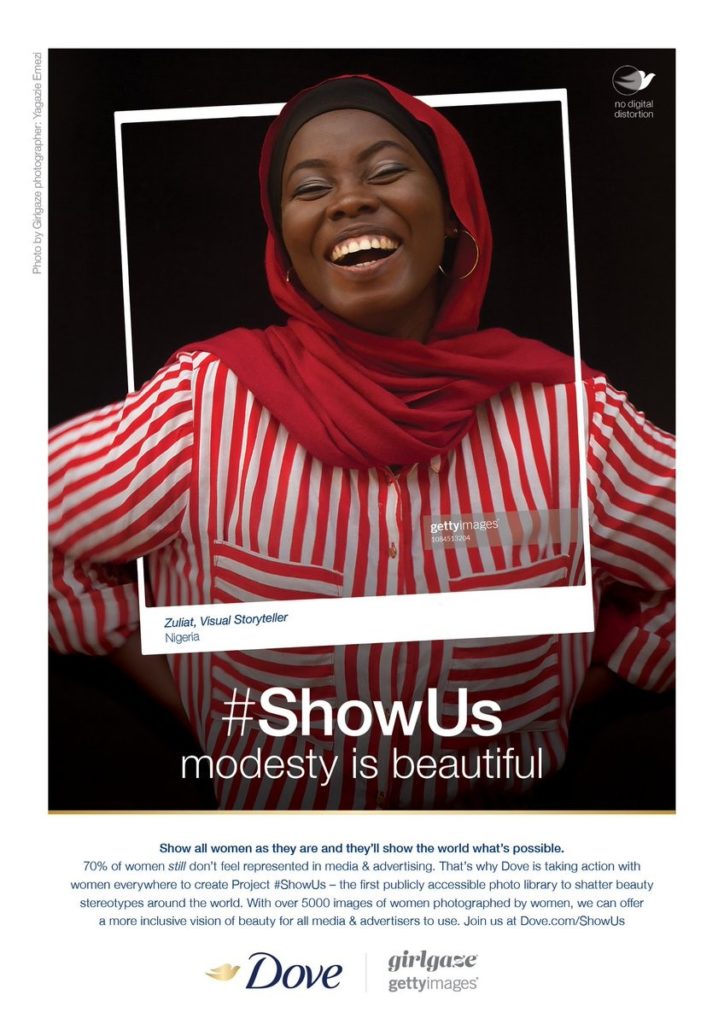
An advertisement by Dove

An ad for the Gap featuring a girl in a hijab
Written by: Jennifer Lundt
Sources:
Fashion world having modest moment
https://www.bbc.com/news/48071948
https://www.teenvogue.com/story/halima-hijab-christian-cowan-nyfw-show
Danish Burka Ban
France Arrests Burkini
https://www.bbc.co.uk/newsround/24118241
https://stylesatlife.com/articles/hijab-styles/
https://www.bbc.co.uk/newsround/24118241
Niqab vs Burka
https://visual.ly/community/infographic/lifestyle/guide-islamic-veils
https://jezebel.com/know-your-veils-a-guide-to-head-coverings-5744857
turbans and hijabs
https://www.stylecraze.com/articles/how-to-wear-hijab-step-by-step/
https://thehijablog.wordpress.com/2013/03/09/hijab-fest/
https://www.thedailybeast.com/the-rise-of-hijab-fashion-bloggers
shafferdentrejecome.blogspot.com
Source: https://istizada.com/muslim-veil-and-hijab-types-a-complete-guide/

0 Response to "What is the Head Dress That Muslim Womenwearcom"
Postar um comentário